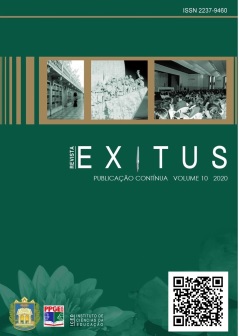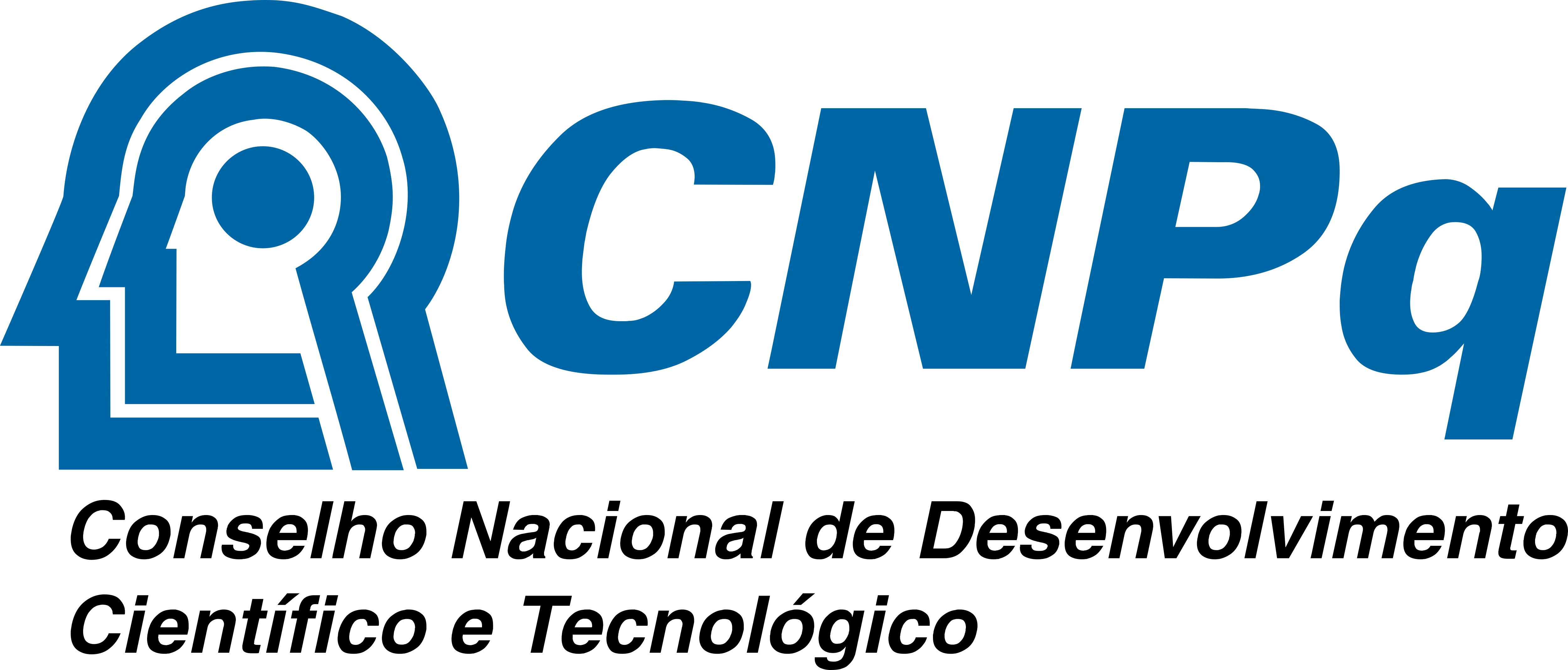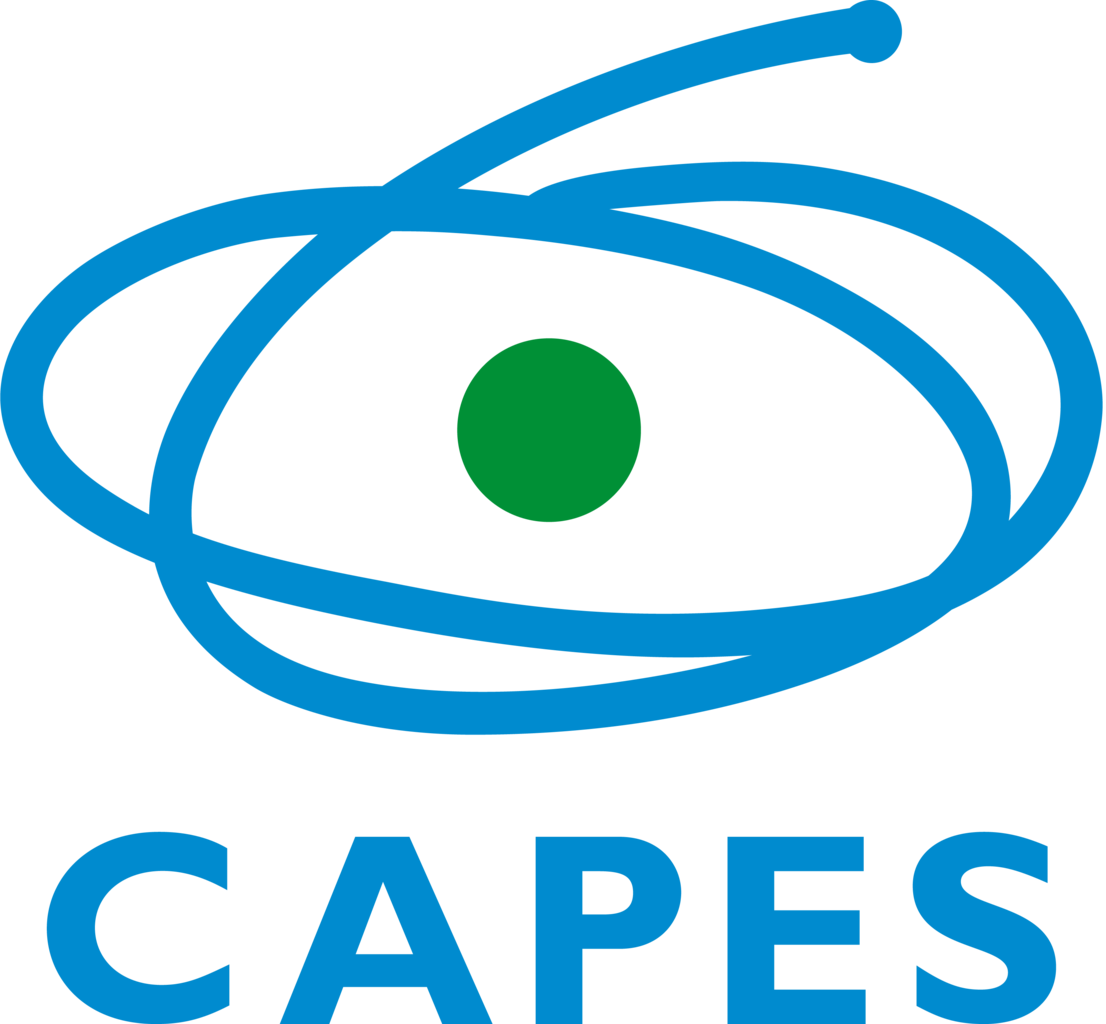Desenho universal para a aprendizagem na promoção da educação inclusiva: uma revisão sistemática
Palavras-chave:
Desenho Universal para a Aprendizagem, Educação Inclusiva, Análise, Produções científicasResumo
Para promover práticas pedagógicas inclusivas, o Desenho Universal para a Aprendizagem (DUA) tem sido referenciado como uma proposta que evidencia princípios orientadores para o planejamento de ensino que visa satisfazer as necessidades de aprendizagem dos alunos. O presente estudo teve como objetivo caracterizar a aplicação do DUA com vistas a favorecer o processo de inclusão dos alunos com necessidades educacionais especiais (NEE) a partir de uma pesquisa bibliográfica nas produções de língua inglesa. Para tanto, foram empregadas as etapas da revisão sistemática por meio da busca dos termos “Universal Design for Learning” e “inclusion” no Portal de periódicos da Coordenação de Aperfeiçoamento de Pessoal de Nível Superior (Capes), Educational Resources Information Center (ERIC) e Scientific Electronic Library Online (SciELO). O levantamento resultou em 31 produções acadêmicas sobre o tema. Após leitura exaustiva das obras organizou-se os dados em cinco categorias: 1) Contribuições teóricas e metodológicas do DUA para o ensino inclusivo; 2) Utilização de recursos tecnológicos subsidiada pelo DUA; 3) Formação de professores com base nos princípios do DUA; 4) Processo de inclusão de alunos com NEE a partir das proposições do DUA; 5) Implementação do DUA na organização da prática pedagógica e no ensino de conteúdos curriculares específicos. Esta pesquisa possibilitou caracterizar os encaminhamentos possíveis de efetivação do DUA na promoção da educação inclusiva, desde a formação docente à prática pedagógica inclusiva. Além disso, possibilitou identificar pesquisas que apresentam as potencialidades do DUA como proposta didática que favorece o acesso à aprendizagem a todos os alunos.
Downloads
Referências
BLUE, E.V.; PACE, D. UD and UDL: Paving the Way toward Inclusion and Independence in the School Library. Knowledge Quest, v.39, n. 3, p.48-55, 2011.
BONDIE, R. A Digital Teaching Platform to Further and Assess Use of Evidence-Based Practices. Rural Special Education Quarterly, 2015, v.34, n. 1, p.23-29.
CAST. Design for Learning guidelines – Desenho Universal para a aprendizagem. Estados Unidos: CAST, 2011.
DELL, C. A.; DELL, T. F.; BLACKWELL, T. L. Applying Universal Design for Learning in Online Courses: Pedagogical and Practical Considerations. Journal of Educators Online, v.12, n. 2, p.166-192, 2015.
FUELBERTH, R.; TODD, C. "I Dream a World": Inclusivity in Choral Music Education. Music Educators Journal, 2017, v.104, n. 2, p.38-44.
GLAT, R.; PLETSCH, M. D. O papel da Universidade no contexto da política de Educação Inclusiva: reflexões sobre a formação de recursos humanos e a produção de conhecimento. Revista de Educação Especial, Santa Maria, v. 23, n. 38, p. 345-356, set./dez. 2010.
GOODALL, C. How Do We Create ASD-Friendly Schools? A Dilemma of Placement. Support for Learning, 2015, v.3, n. 4, p.305-326.
HARTMANN, E. Universal Design for Learning (UDL) and Learners with Severe Support Needs. International Journal of Whole Schooling, v.11, n. 1, p.54-67, 2015.
JOHNSON-HARRIS, K.; MUNDSCHENK, N. A.Working Effectively with Students with BD in a General Education Classroom: The Case for Universal Design for Learning. Clearing House: A Journal of Educational Strategies, Issues and Ideas, v.87, n.4, p.168-174, 2014.
KAHN, S.; PIGMAN, R.; OTTLEY, J. A Tale of Two Courses: Exploring Teacher Candidates' Translation of Science and Special Education Methods Instruction into Inclusive Science Practices. Journal of Science Education for Students with Disabilities, 2017, v. 20, n. 1, p.50-68
KATZ, J. The Three Block Model of Universal Design for Learning (UDL): Engaging Students in Inclusive Education. Canadian Journal of Education, v. 36, n.1, p.153-194, 2013.
KATZ, J.; SOKAL, L. Universal Design for Learning as a Bridge to Inclusion: A Qualitative report of Student Voices. International Journal of Whole Schooling, v.12, n. 2, p.36-63, 2016.
KURANISHI, A.; OYLER, C. I Failed the edTPA. Teacher Education and Special Education, 2017, v. 40, n. 4, p.299-313.
LIASIDOU, A. Critical Disability Studies and Socially Just Change in Higher Education. British Journal of Special Education, v.41, n. 2, p.120-135, 2014.
LOWREY, K. A.; HOLLINGSHEAD, A.; HOWERY, K.;BISHOP, J. B. More than One Way: Stories of UDL and Inclusive Classrooms. Research and Practice for Persons with Severe Disabilities, v.42, n. 4, p.225-242, 2017.
MARTINS, W. S.; GOMES, N. S. G. A.; DIAS, K. M.; SCHIMIGUEL, J.; PIRES, C. M. C. M-Learning como modalidade de ensino: a utilização do aplicativo estatística fácil no ensino médio. Ensino da Matemática em Debate, São Paulo, v. 5, n. 1, p. 1 - 17, 2018.
MCGHIE-RICHMOND, D.; SUNG, A. N. Applying Universal Design for Learning to Instructional Lesson Planning. International Journal of Whole Schooling, v.9, n.1, p.43-59, 2013.
MCGHIE-RICHMOND, D.; SUNG, A. N. Making the Most of Universal Design for Learning. Mathematics Teaching in the Middle School, v.17, n.3, p.166-172, 2011.
MESSINGER-WILLMAN, J.; MARINO, M. T. Universal Design for Learning and Assistive Technology: Leadership Considerations for Promoting Inclusive Education in Today’s Secondary Schools. NASSP Bulletin, v.94, n. 1, p.5-16, 2010.
MEYER, A.; ROSE, D.; GORDON, D. Universal Design for Learning (UDL). Estados Unidos: CAST, 2002.
MILLER, B.; SATSANGI, R. Ramps, Balls, and Measuring Distance--For All. Science and Children, 2018, v.55, n.5, p.48-53.
MITCHELL, D. T.; SNYDER, S. L.; WARE, L. Curricular cripistemologies and the crip/queer art of failure ("[Every] Child Left Behind"). Journal of Literary & Cultural Disability Studies, 2014, v.8, n. 3, p.295-319.
MORNINGSTAR, M. E.; SHOGREN, K. A.; LEE, H.; BORN, K. Preliminary Lessons about Supporting Participation and Learning in Inclusive Classrooms. Research and Practice for Persons with Severe Disabilities, 2015, v.40, n. 3, p.192-210.
NAVARRO, S. B.; ZERVAS, P.; GESA, R. F.; SAMPSON, D. G. Developing Teachers' Competences for Designing Inclusive Learning Experiences. Educational Technology & Society, 2016, v. 19, n. 1, p.17-27.
NUNES, C.; MADUREIRA, I. Desenho Universal para a Aprendizagem: Construindo práticas pedagógicas inclusivas. Da Investigação às Práticas, v.5, n. 2, p. 126 – 143, 2015.
OMOTE, S. A formação do professor de educação especial na perspectiva da inclusão. In. BARBOSA, R.L.L. (Org.) Formação de educadores: desafios e perspectivas. São Paulo: UNESP, 2003. p. 153-169.
PEARSON, M. Modeling Universal Design for Learning Techniques to Support Multicultural Education for Pre-Service Secondary Educators. Multicultural Education,v. 22, n. 3-4, p.27-34, 2015.
PRAIS, J. L. S., ROSA, V. F. Princípios do desenho universal para a aprendizagem: Planejamento de atividades pedagógicas para Inclusão. Revista Ideação, Foz do Iguaçu, v. 18, n. 2, 2º semestre de 2016.
RAO, K.; OK, M. W.; BRYANT, B. R. A Review of Research on Universal Design Educational Models. Remedial and Special Education, v. 35, n. 3, 153–166, 2014.
ROBINSON, A. H. Arts Integration and the Success of Disadvantaged Students: A Research Evaluation. Arts Education Policy Review, 2013, v.114, n. 4, p.191-204.
SAILOR, W. Equity as a Basis for Inclusive Educational Systems Change. Australasian Journal of Special Education, v.41, n. 1, p.1-17, 2017.
SAILOR, W. S.; MCCART, A. B. Stars in Alignment. Research and Practice for Persons with Severe Disabilities, v.39, n. 1, p.55-64, 2014.
SAMPAIO, R.F.; MANCINI, M.C. Estudos de revisão sistemática: um guia para síntese criteriosa da evidência científica. Revista Brasileira de Fisioterapia, São Carlos, v. 11, n. 1, p. 83-89, jan./fev. 2007.
SENRA, L. X.; LOURENÇO, L. M. A importância da revisão sistemática na pesquisa científica. In: BAPTISTA, M. N.; CAMPOS, D. C. Metodologias de pesquisas em Ciências: análises quantitativas e qualitativas. 2. ed. Rio de Janeira: LTC, 2016.
SHERLOCK-SHANGRAW, R. Creating Inclusive Youth Sport Environments with the Uiversal Design for Learning. Journal of Physical Education, Recreation & Dance, v.84, n. 2, p.40-46, 2013.
SHOGREN, K. A ; GROSS, J. M. S ; FORBER-PRATT, A. J. ; FRANCIS, G. L. ; SATTER, A. L. ; BLUE-BANNING, M.; HILL, C. The Perspectives of Students With and Without Disabilities on Inclusive Schools. Research and Practice for Persons with Severe Disabilities, v.40, n. 4, p.243-260, 2015.
TAUNTON, S.; BRIAN, A.; TRUE, L. Universally Designed Motor Skill Intervention for Children with and without Disabilities. Journal of Developmental and Physical Disabilities, 2017, v. 29, n. 6, p.941-954.
TAVARES, R.; OLIVEIRA, D.; LARANJEIRO, D.; ALMEIDA, M. Univeral Design for Learning: potencial de aplicação no Ensino Superior com alunos com NEE e por recurso a tecnologias mobile. Educação, Formação & Tecnologias, v.8, n.1, p.84-94, 2015.
TOMAS, V.; CROSS, A.; CAMPBELL, W. N. Building Bridges Between Education and Health Care in Canada: How the ICF and Universal Design for Learning Frameworks Mutually Support Inclusion of Children With Special Needs in School Settings. Frontiers in Education, v.3, p. 1-7, 2018.
VITALIANO, C. R.; MANZINI, E. J. A formação inicial de professores para inclusão de alunos com necessidades educacionais especiais. VITALIANO, C. R (Org.). Formação de professores para inclusão de alunos com necessidades educacionais especiais. Londrina: EDUEL, 2010.
WILLIANS, L. B. Student Life on the Autism Spectrum: Helping to Build a More Inclusive Campus. Change: The Magazine of Higher Learning, 2016, v.48, n. 4, p.48-54.
ZERBATO, A. P.; MENDES, E. G. Desenho universal para a aprendizagem como estratégia de inclusão escolar. Revista Educação Unisinos, v. 22, n. 2, p. 147-155, abril-junho, 2018.
Downloads
Publicado
Como Citar
Edição
Seção
Licença
Copyright (c) 2020 Revista Exitus ISSN 2237-9460

Este trabalho está licenciado sob uma licença Creative Commons Attribution-NonCommercial 4.0 International License.
Declaro que o trabalho apresentado é original, não tendo sido submetido à publicação em qualquer outro periódico nacional ou internacional, quer seja em parte ou em sua totalidade. Assim, concordo que os direitos autorais a ele referentes se tornem propriedade exclusiva da Editora da Revista Exitus, sendo vedada qualquer reprodução total ou parcial, em qualquer outra parte ou meio de divulgação impresso ou eletrônico, sem ser citada a fonte. Declaro, ainda, estar ciente de que a não observância deste compromisso submeterá o infrator a sanções e penas previstas na Lei de Proteção de Direitos Autorais (Nº 9.610, de 19/02/1998).










